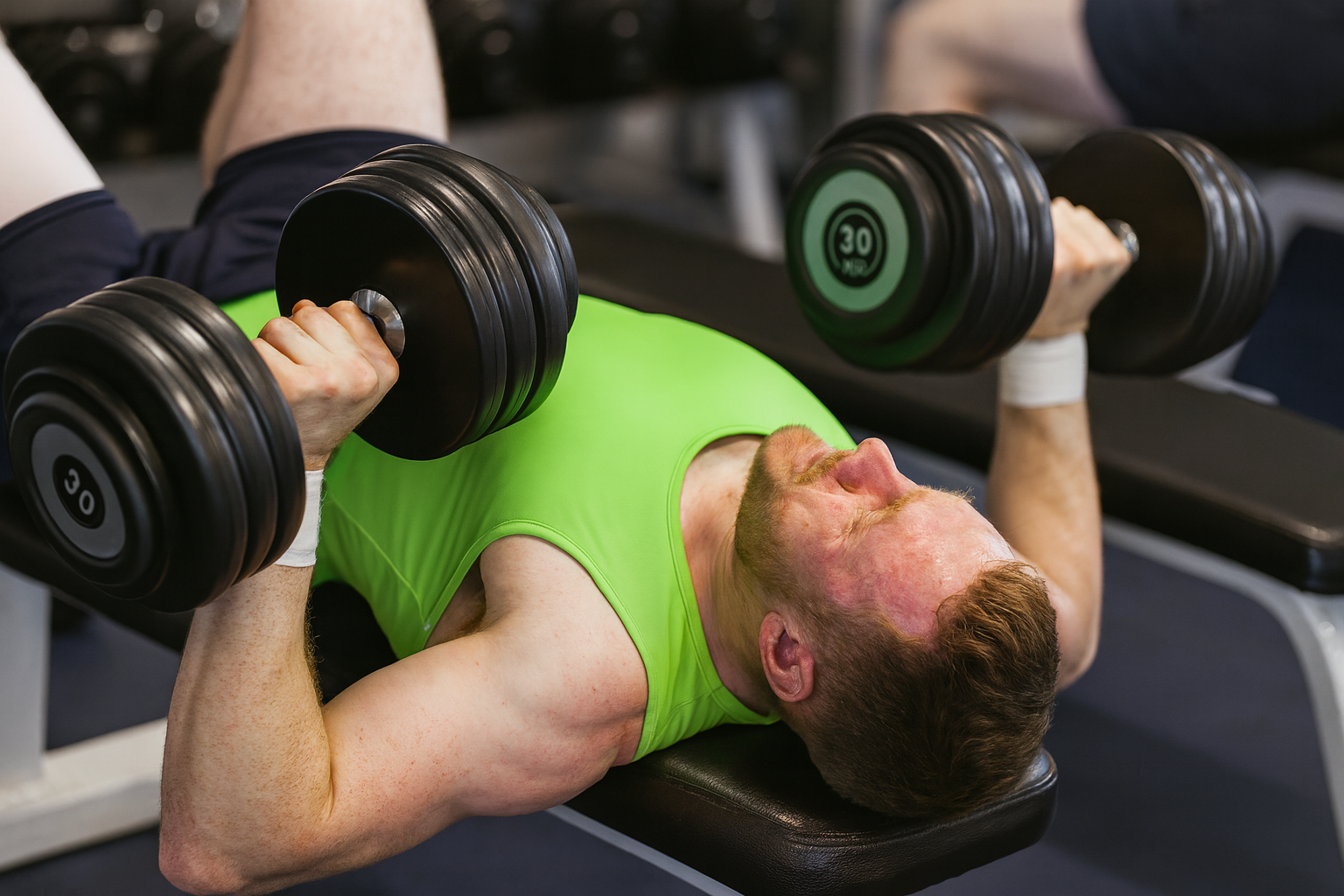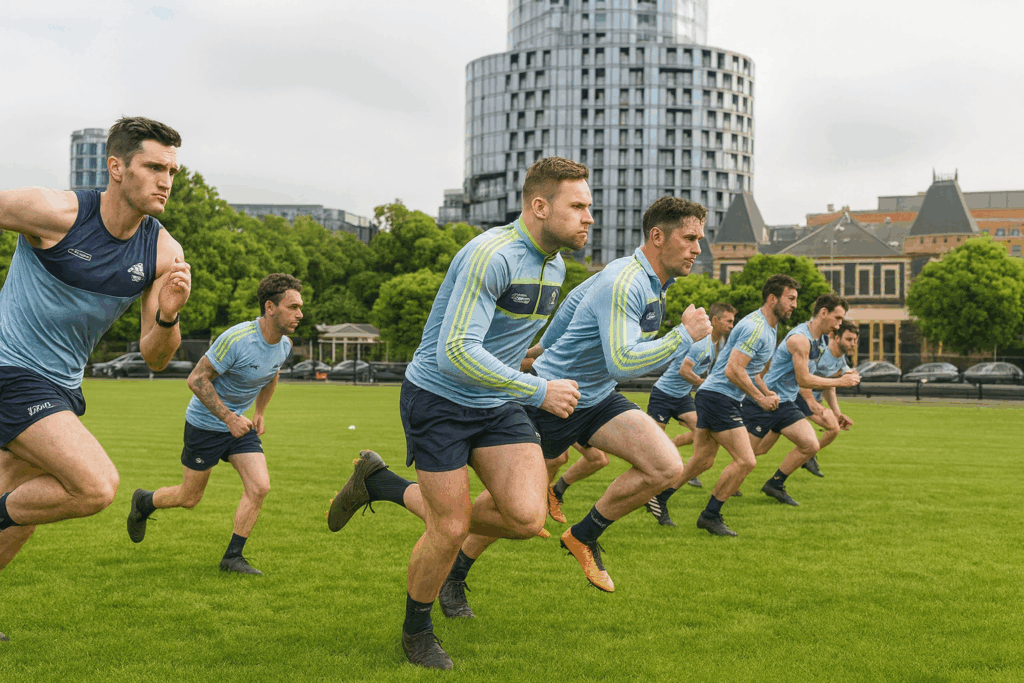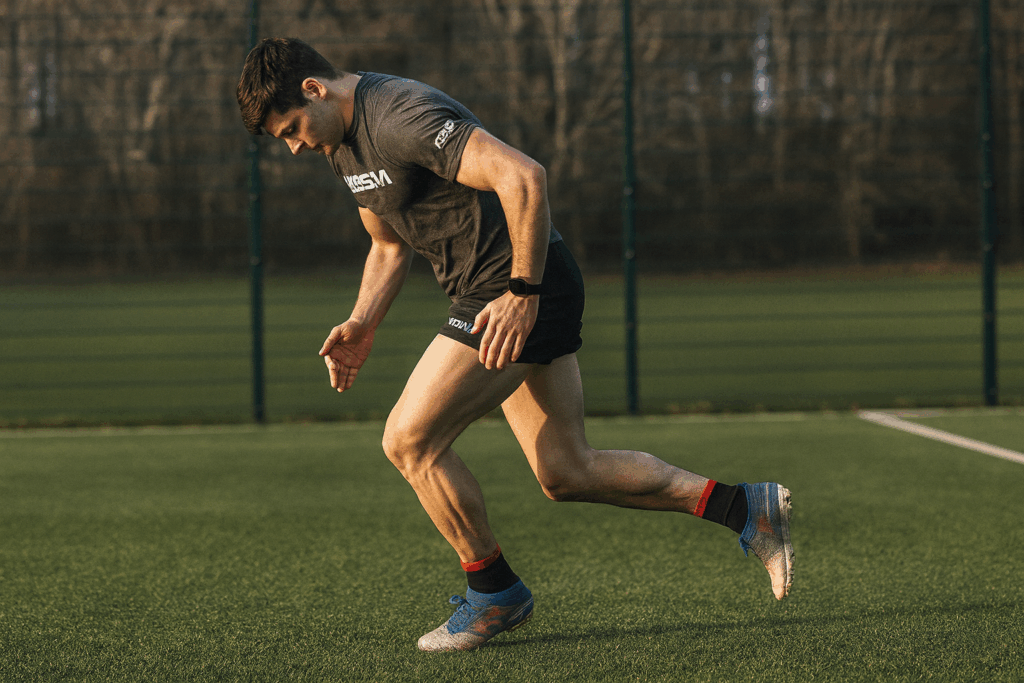Introduction
The Rating of Perceived Exertion (RPE) is an essential tool for athletes at every level, offering a simple and effective way to assess workout intensity. This subjective scale ranges from 1 to 10, where 1 represents very light effort, and 10 signifies maximum exertion. In Gaelic Athletic Association (GAA) sports, strength and conditioning are critical for enhancing athletic performance and preventing injuries. Incorporating RPE into GAA training programs allows players to fine-tune workout intensity and maximize the effectiveness of each session.
What Is RPE, and How Does It Work?
RPE is a straightforward yet powerful method for gauging the intensity of physical activity. Unlike objective metrics such as heart rate or power output, RPE relies on how hard an athlete feels they are working. This makes it a highly versatile tool that can be applied in any training setting, regardless of available equipment.
To use RPE, athletes rate their perceived effort on a scale from 1 to 10. A rating of 1 indicates the exercise feels very light, while a 10 represents all-out effort. Setting a target RPE for each set helps guide training intensity based on the athlete’s specific goals, such as building strength or improving endurance.
Benefits of Using RPE in GAA Training
1. Optimized Workout Intensity
Using RPE, GAA players can accurately monitor workout intensity and ensure they are working hard enough to achieve their goals. Adjustments to weights, reps, or sets can be made to maintain the desired intensity, ensuring progress without overexertion.
2. Prevention of Overtraining
Overtraining increases the risk of fatigue, injuries, and diminished performance. By using RPE to gauge exertion, players can adapt their training to avoid pushing too hard. For example, if a set feels excessively challenging, reducing the weight or reps can prevent overreaching, while increasing them can address underperformance.
3. Enhanced Recovery
RPE helps athletes track how much stress they place on their bodies, making it easier to identify when rest is needed. A persistently high RPE across sessions might signal the need for additional recovery, such as a rest day or a lighter workout.
4. Improved Motivation
Tracking RPE offers GAA players tangible evidence of their progress, such as how previously challenging exercises become easier over time. This can be a powerful motivator, encouraging players to stay consistent with their training.
How to Use RPE in GAA Training
1. Set a Target RPE for Each Set
Define the target RPE for every exercise based on your workout goals and training phase. For instance:
- During a high-volume phase, aim for an RPE of 7–8 for moderate intensity.
- During a strength phase, target an RPE of 8–9 with heavier weights.
2. Adjust Weights and Reps Accordingly
Use the target RPE to determine the appropriate weight or number of repetitions for each set. For example, if the target RPE is 8, select a weight that makes the last 2–3 reps feel challenging but still manageable with proper form.
3. Regularly Monitor Your RPE
Check your RPE throughout each session to ensure you stay within the desired range. If a set feels too easy, increase the weight or reps. If it feels too difficult, scale back.
4. Be Honest with Yourself
Since RPE is subjective, honesty is crucial. Your rating should reflect your genuine perception of effort, not external factors such as comparison with others or preconceived expectations.
Conclusion
Incorporating RPE into your GAA training program offers a range of benefits, from optimizing workout intensity to preventing overtraining and improving recovery. By monitoring their perceived effort, GAA players can enhance their performance, stay motivated, and reduce the risk of injuries.
To effectively use RPE, set clear targets for each set, adjust your training accordingly, and monitor your progress with consistency and honesty. With regular practice, RPE can become a cornerstone of your training routine, helping you unlock your full athletic potential.
Start integrating RPE into your GAA workouts today and experience the difference it can make in achieving your goals.





